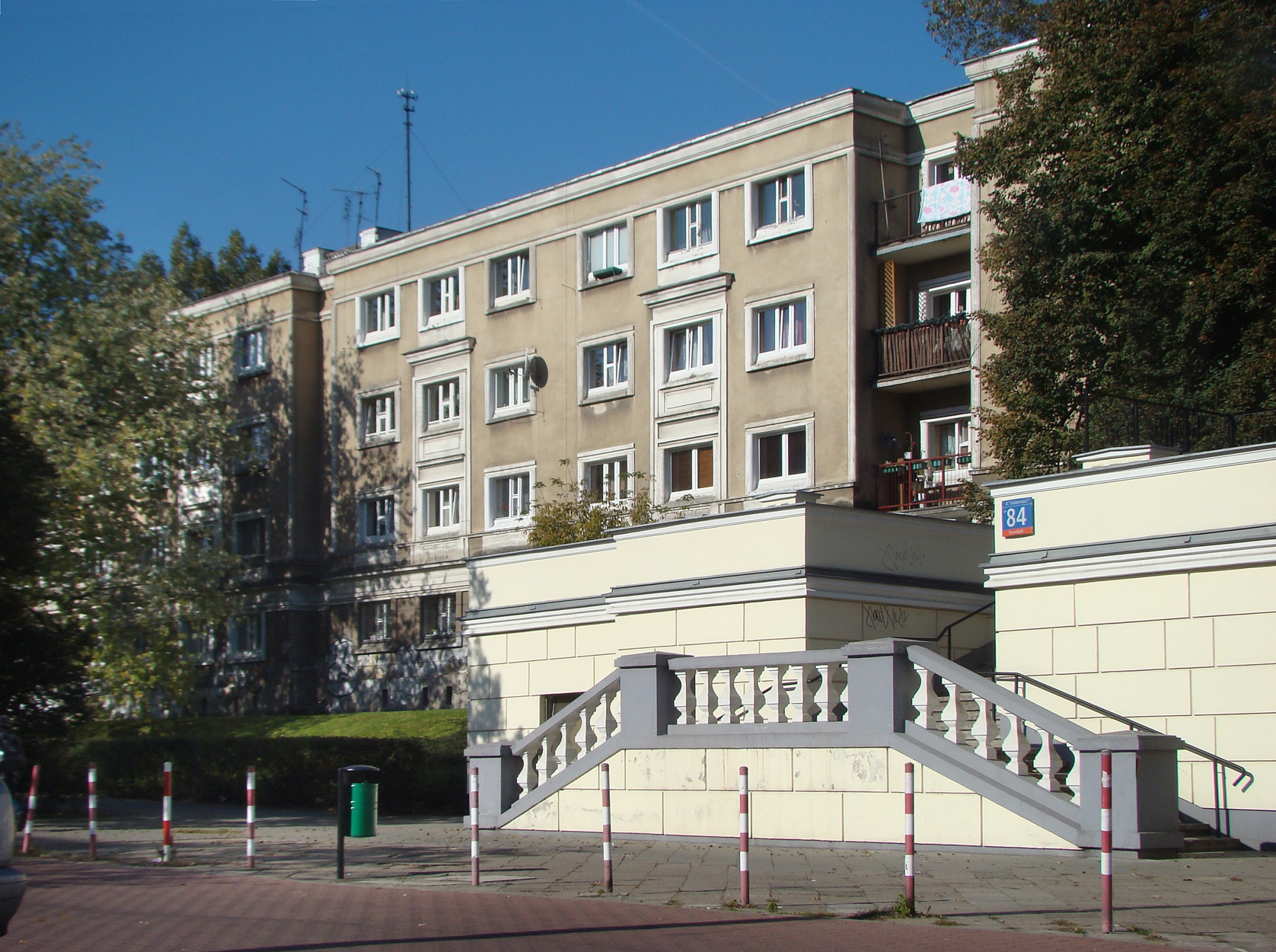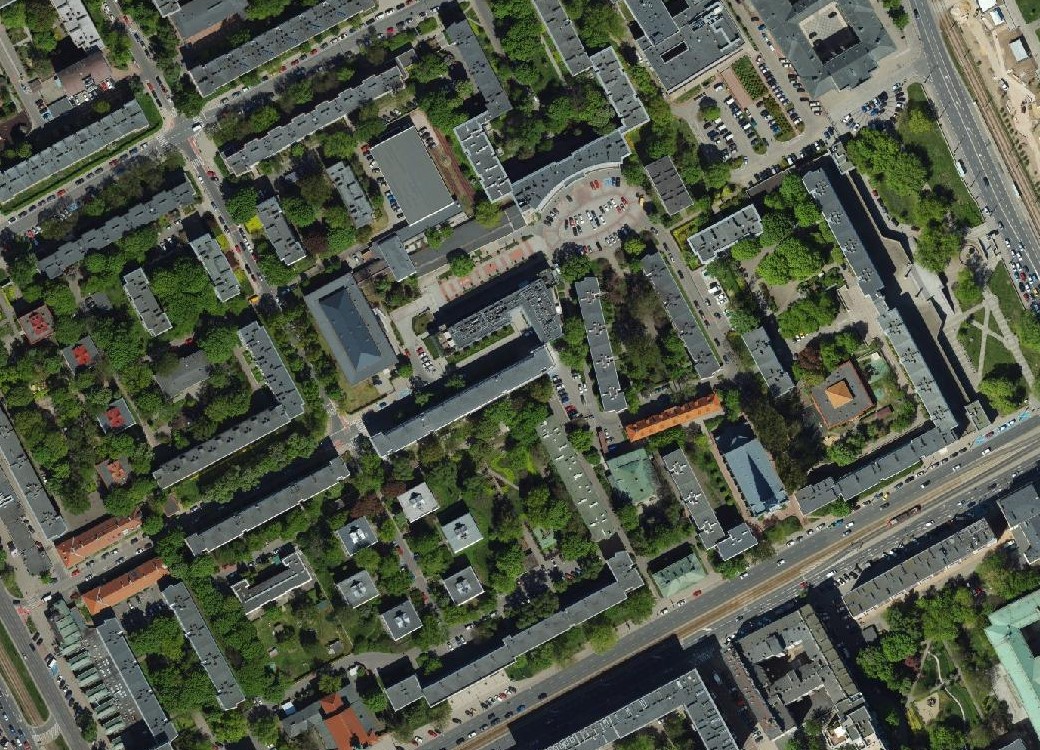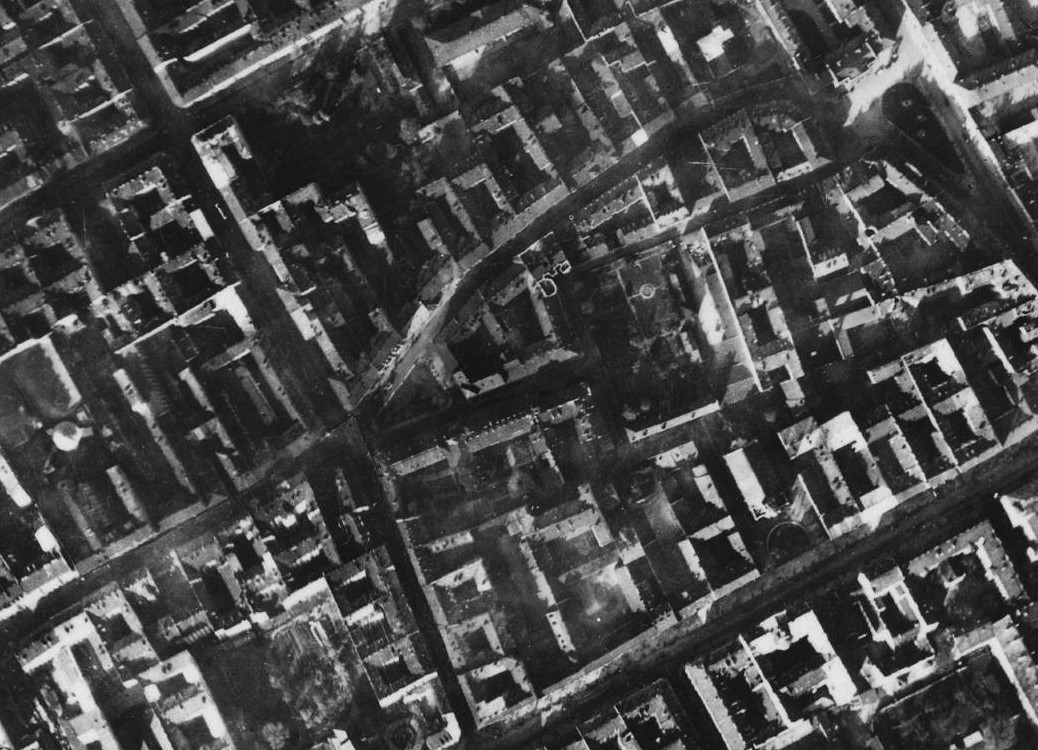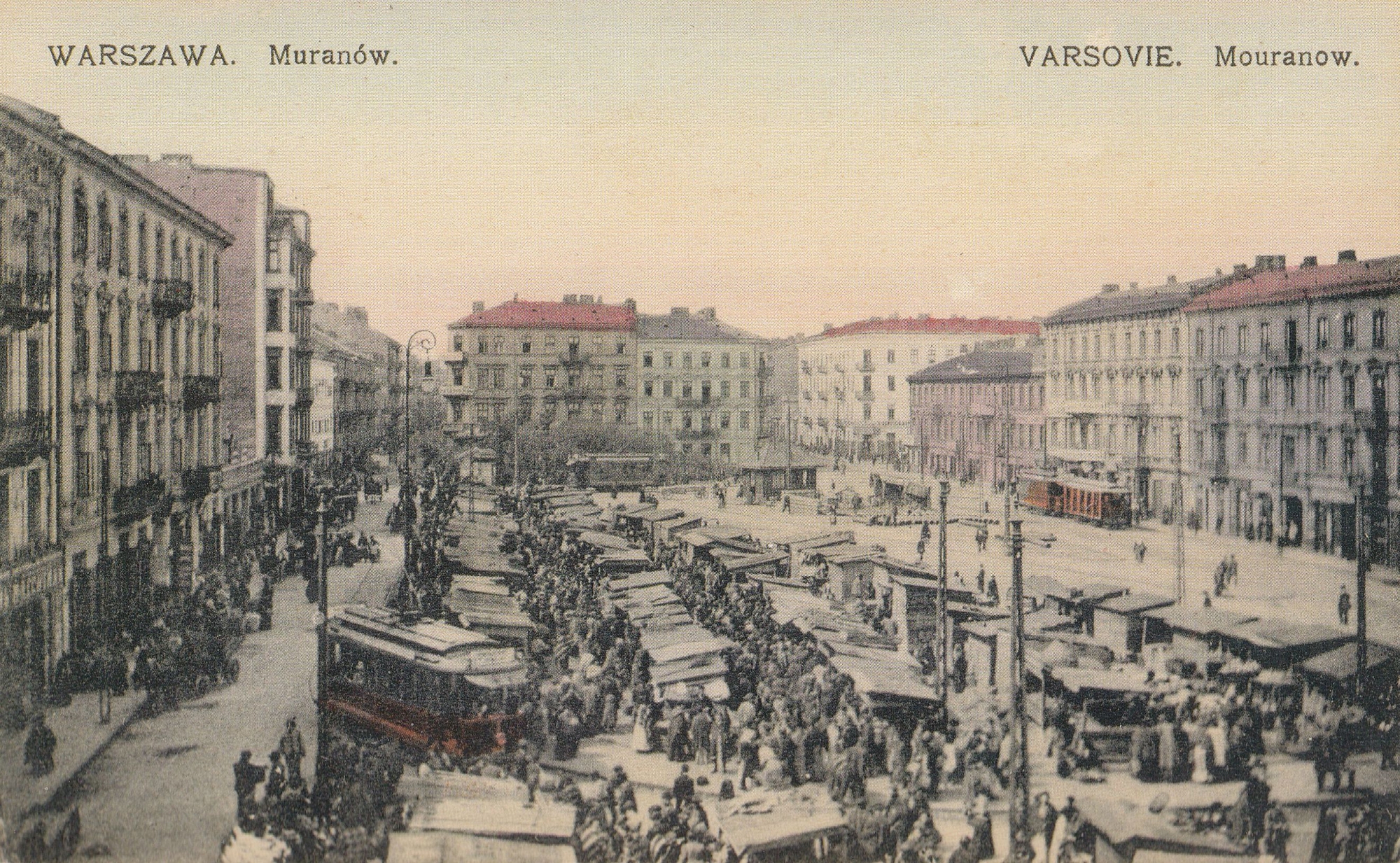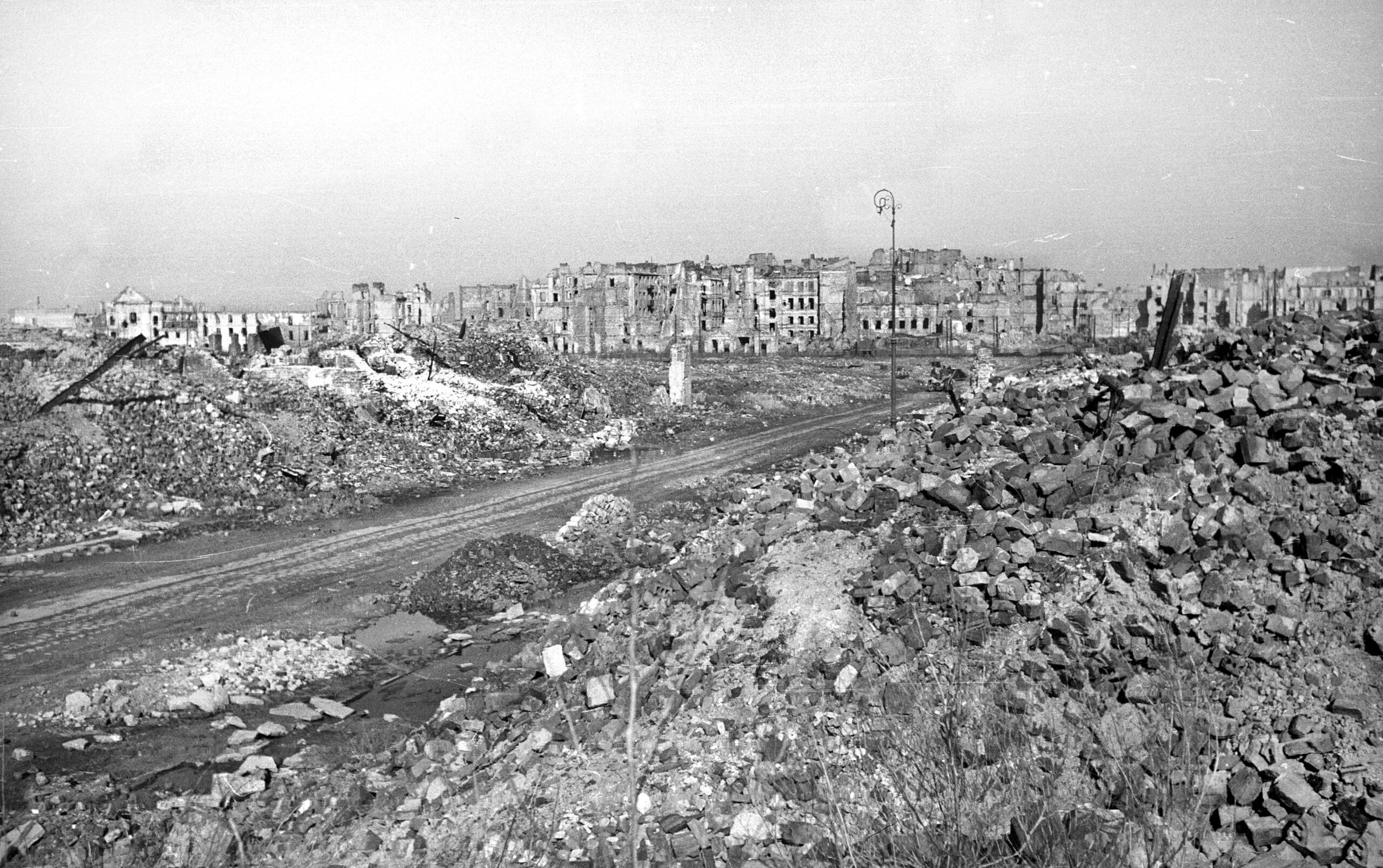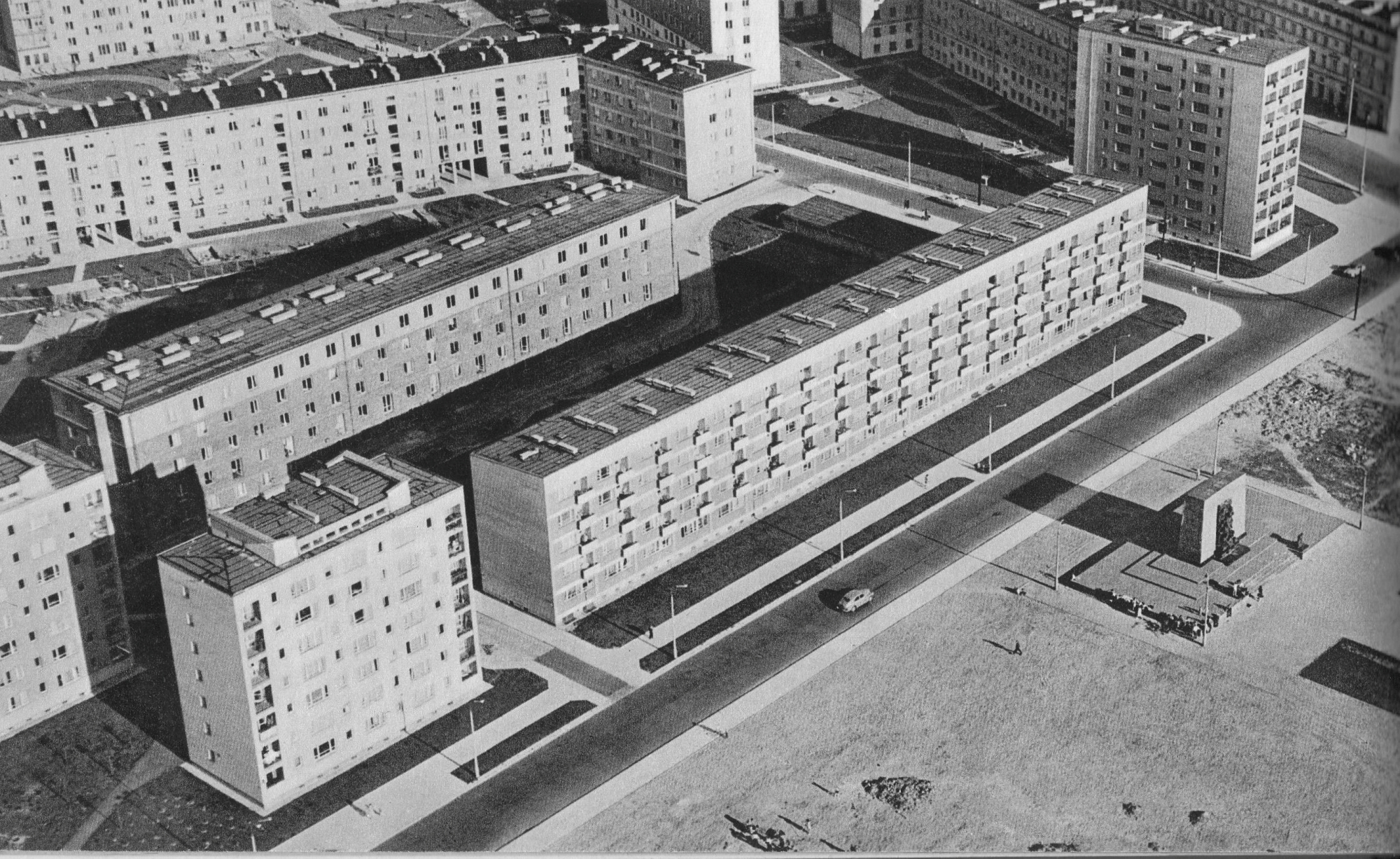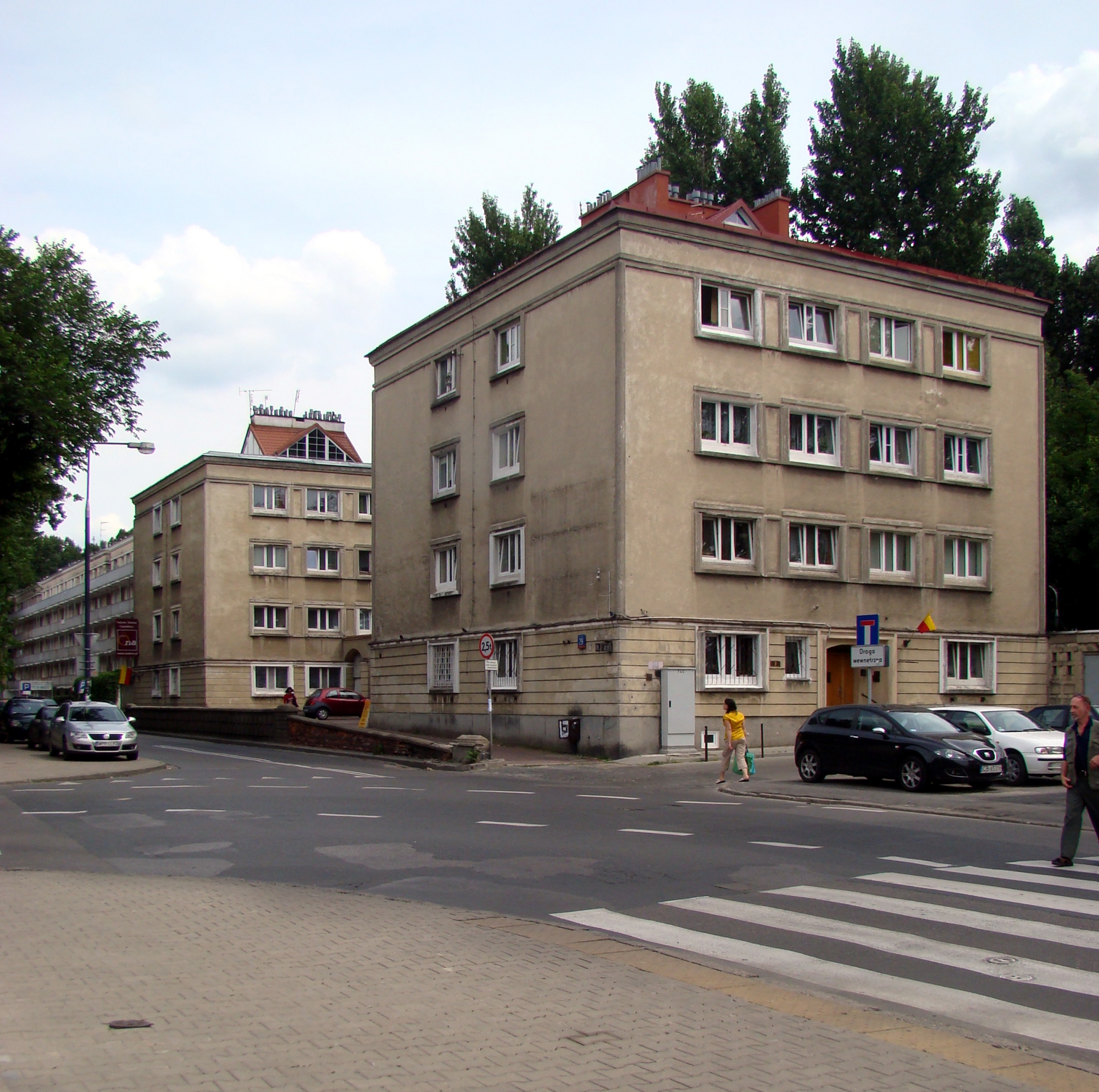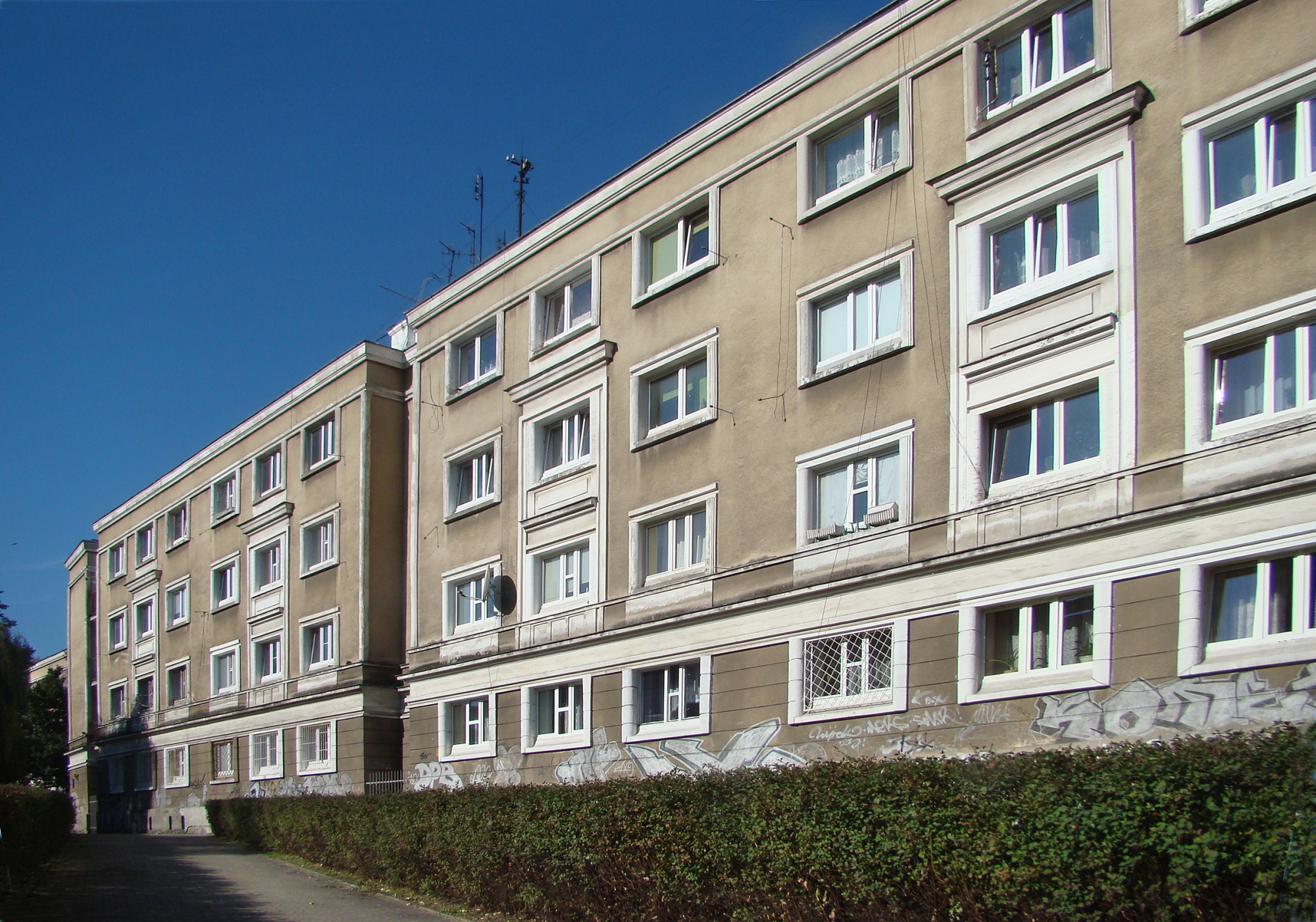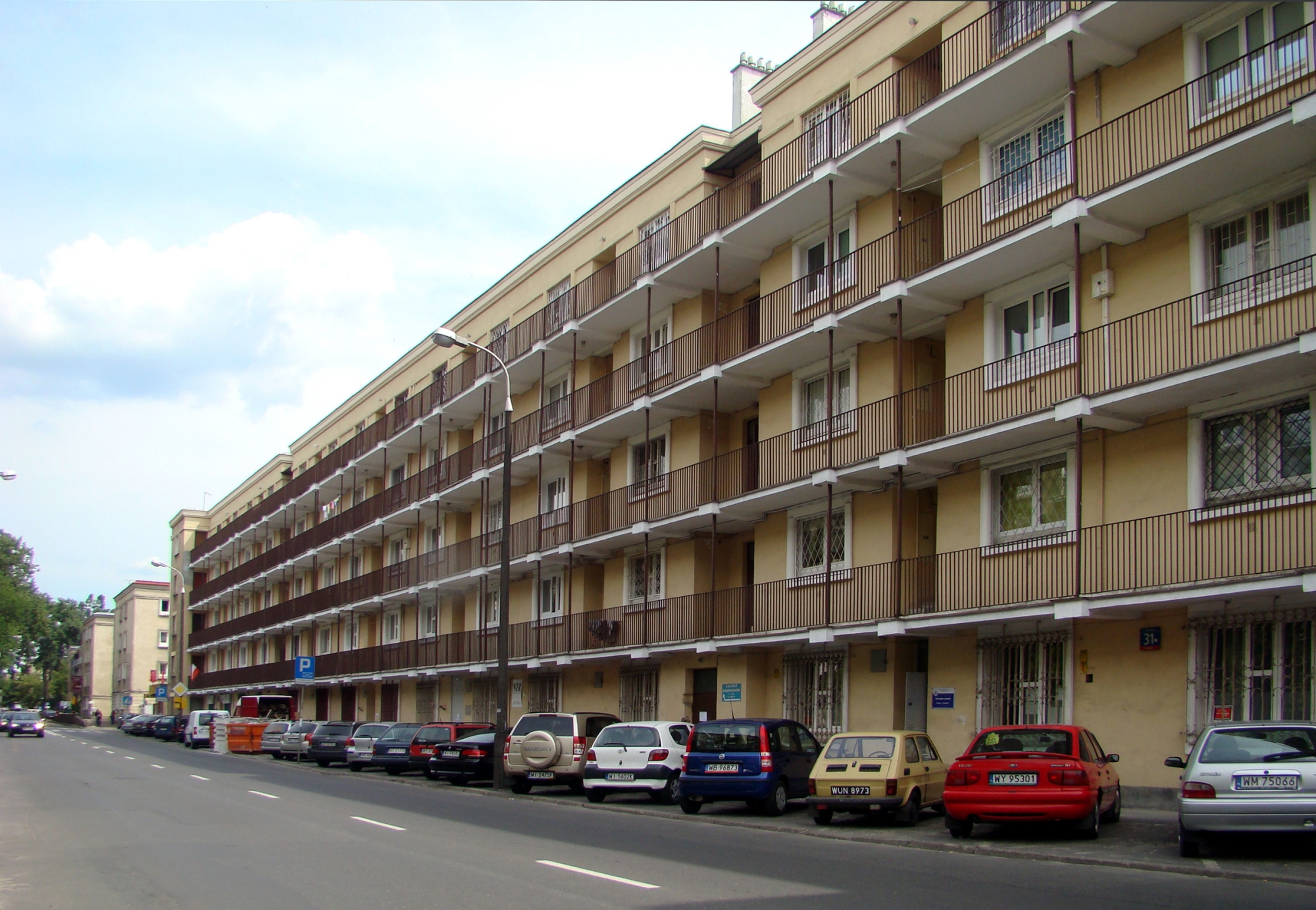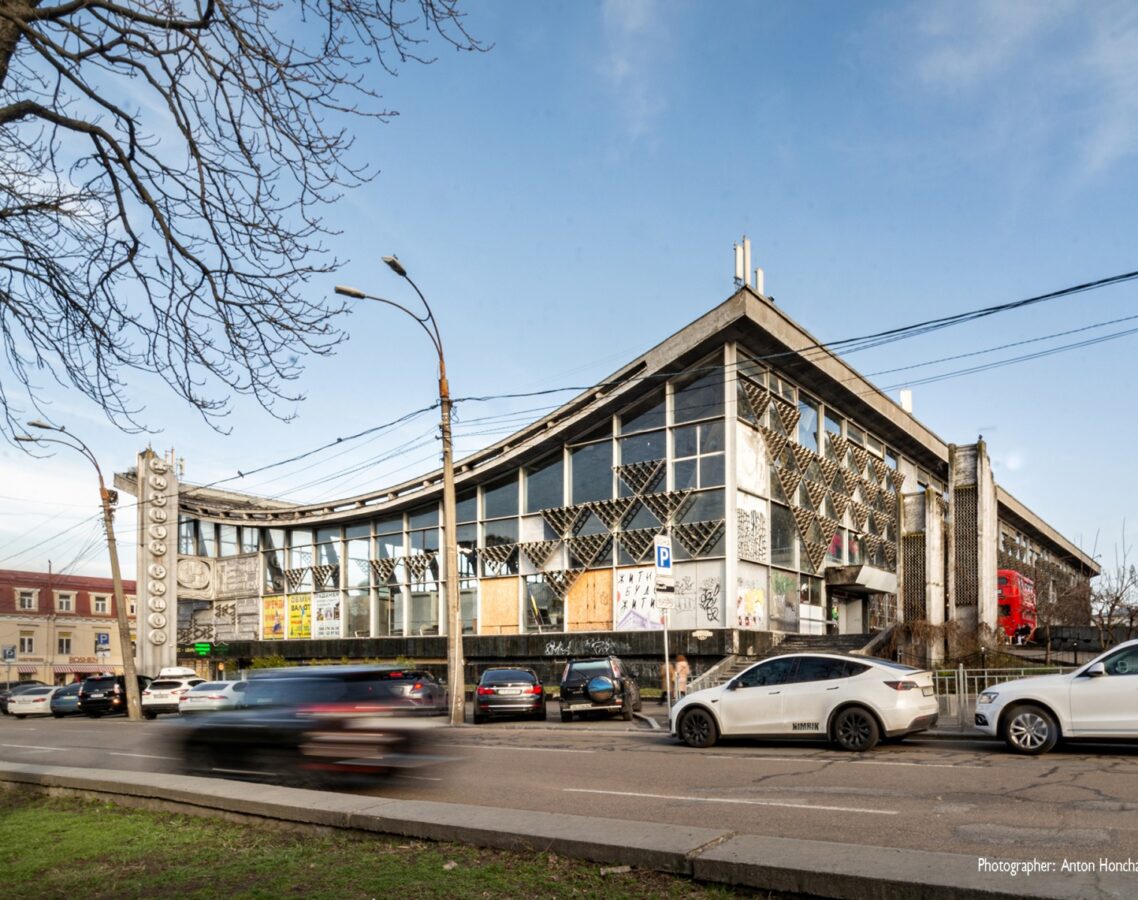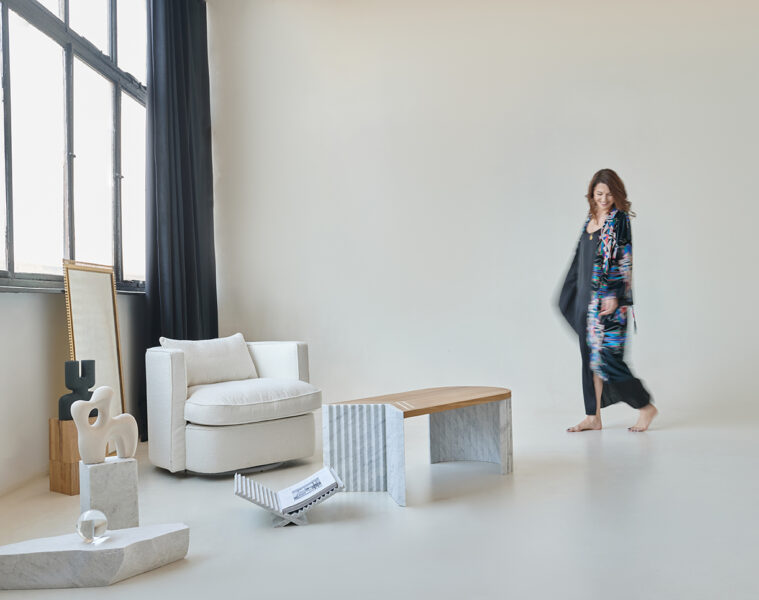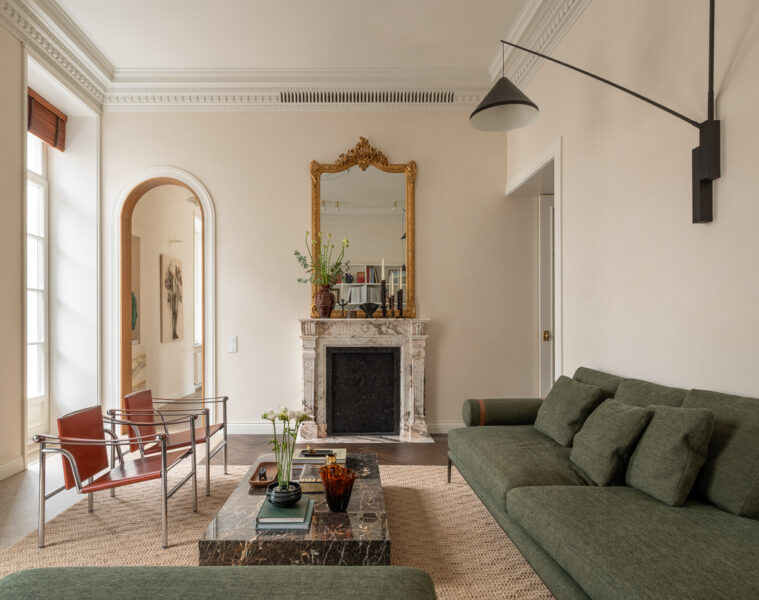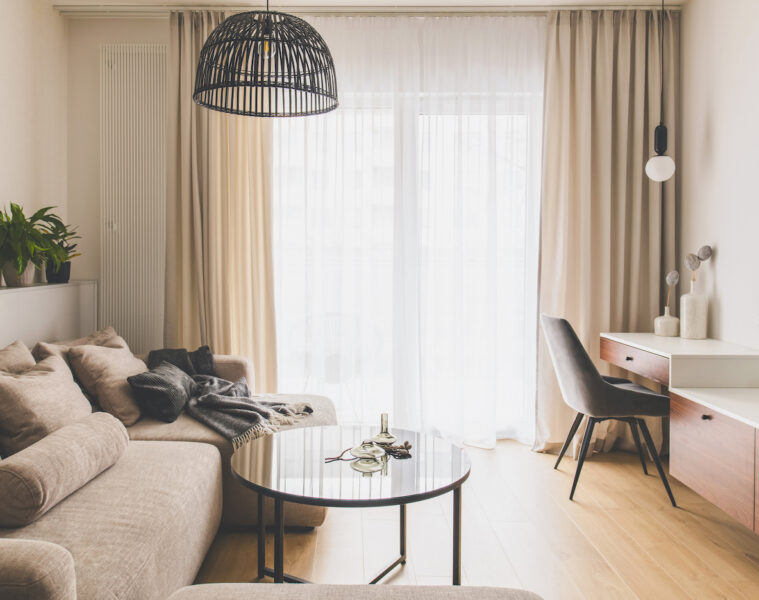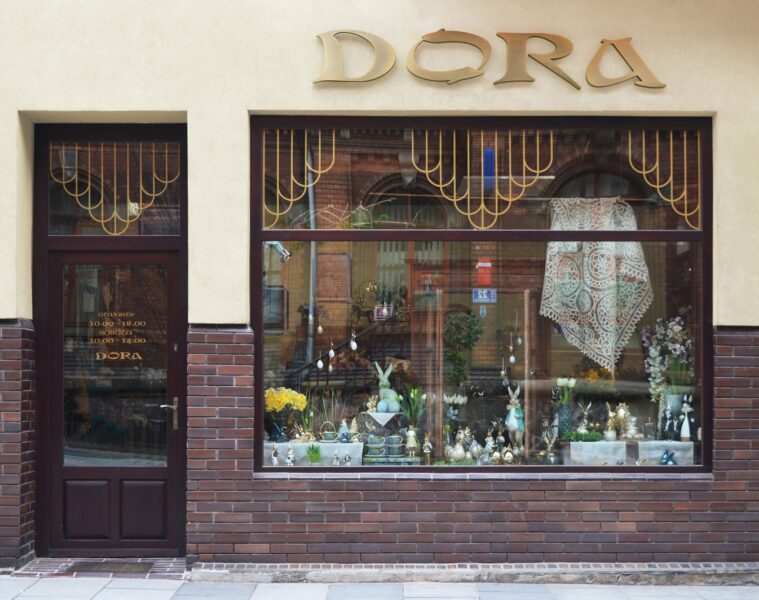The historic urban layout and building complex of the Muranów Południowy estate has been entered in the register of immovable monuments of the Mazowieckie Voivodeship as a unique estate-monument. This is a great success for residents and city activists!
The estate was built between 1949 and 1956 as the southern part of what was then an inner-city residential district. In 1948, the Department of Workers’ Estates (ZOR) commissioned Prof. Bohdan Lachert to realise the project. Bohdan Lachert. The site was partly covered by a 3-metre layer of Warsaw Ghetto rubble and posed a challenge to the designers – it offered no architectural anchor point, but therefore left the design free. The only reference in planning was the preserved underground infrastructure and the W-Z and N-S Route under construction. The Muranów Południowy estate, however, largely reproduces the course of the streets of the former Northern Quarter, determined precisely on the basis of the preserved underground infrastructure.
Panorama of Muranów – photo (scan) from Stolica weekly, no. 40 (1659) 07.10.1979
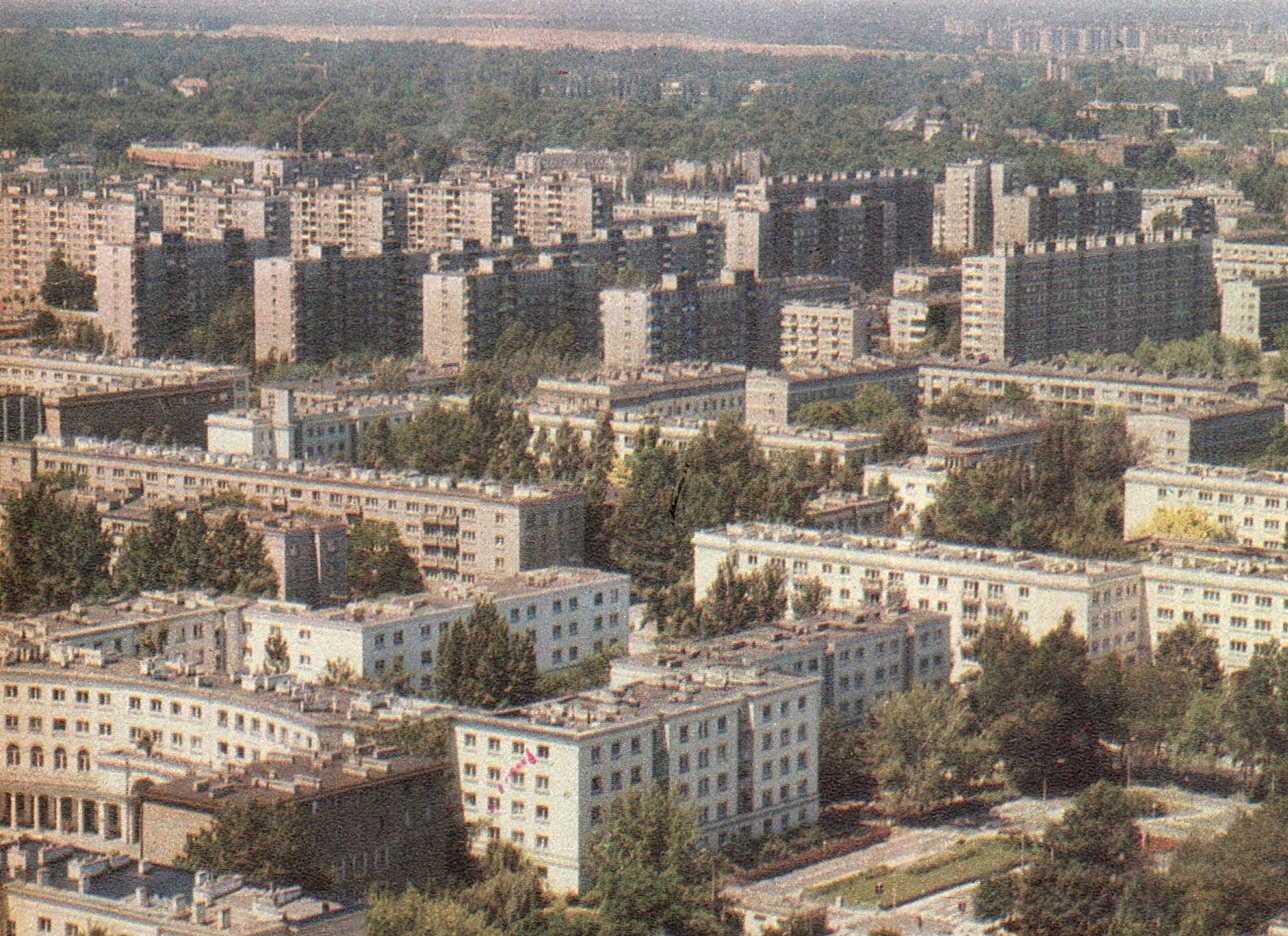
The aim of the erected housing estate was to combine practical and ideological aspects. Modernist solutions were introduced in the architecture and planning. The housing estate was erected for 40,000 workers, a standard not available to them before the war. Moreover, Muranów, built on the ruins of the ghetto, was conceived as a place of remembrance – a symbolic ‘memorial estate’. The buildings were erected on rubble mounds forming terraced systems. In addition, the rubble was used as building material.
Part of Muranów Południowy in 1935 and 2021. Source: mapa.um.warszawa.pl
The estate has retained its original urban layout to this day. It is made up of residential buildings – staircases, point-blocks, galleries, high-rise buildings and public utility buildings – schools, kindergartens, crèches, a cinema, located between residential buildings. The above functional and spatial layout of the estate has mostly preserved the original horizontal communication routes. In addition, the green layout of squares, greens and street rows is fully legible. The historical values of the estate in question stem from the fact that it was built on the site of the demolished Warsaw Ghetto. The new development is a memorial to the tragedy of the Holocaust. At the same time, the estate is a place of daily life for the new residents. Its historical value also lies in its association with the designer of the foundation – Bohdan Lachert – and the timelessness of his concept and urban planning and construction project. Muranów Południowy was an experimental housing estate and documents the development of Polish architecture in the second half of the 20th century.
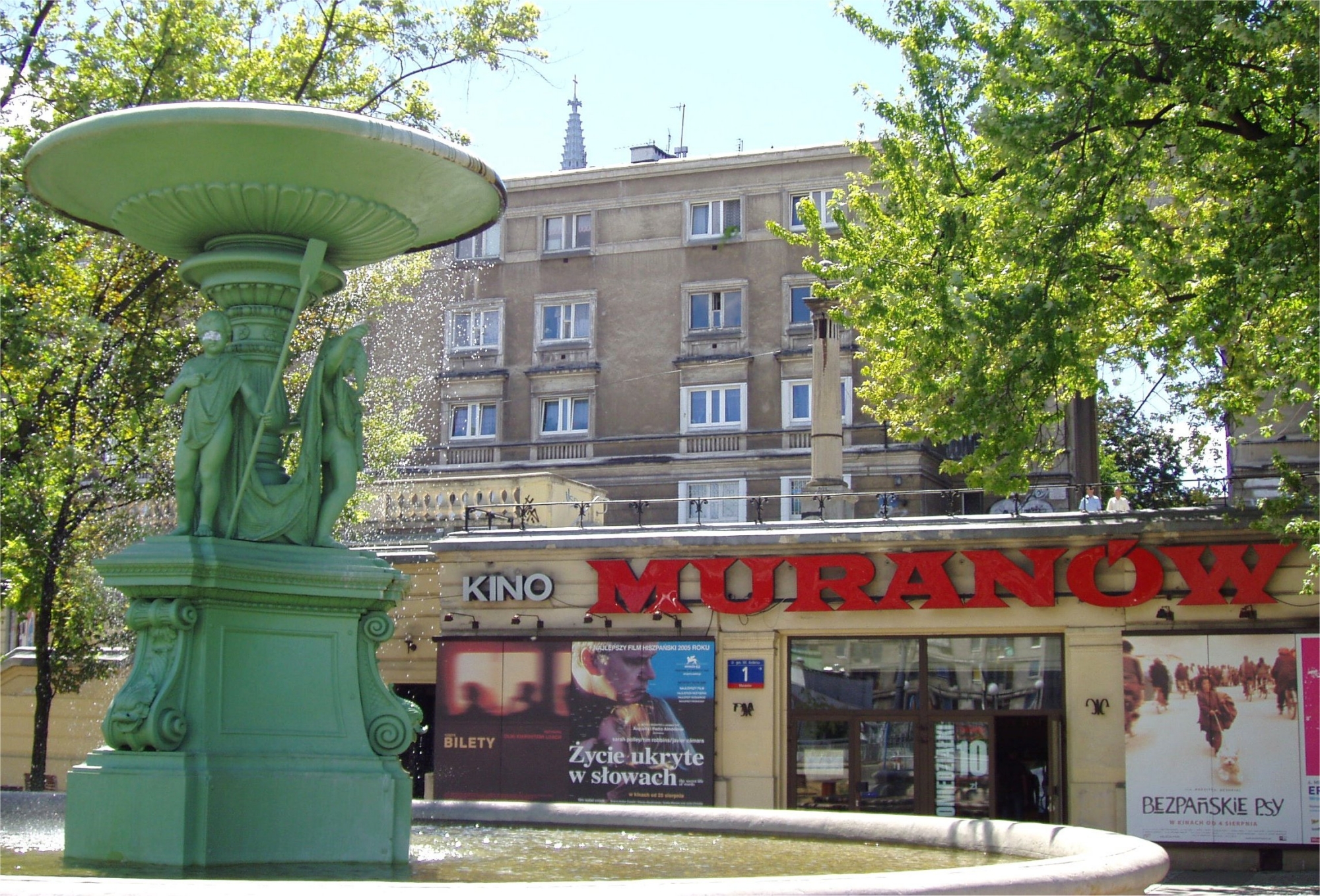
The artistic values stem from the combination of stylish socialist realism and modernist functionalism. The estate is characterised by a unique spatial concept of a ‘garden city’. Scientific values, on the other hand, result from the fact that during the construction of Muranów new technologies were implemented, such as rubble concrete blocks, prefabricated sculptural detailing, fluatation of walls and new construction methods, including the stream method and speed houses. This pioneering development became a permanent feature in the development of architecture in the second half of the 20th century and is testimony to, among other things, the application of the urban visions of the time and post-war technologies.
The new legislation will protect the housing estate from uncontrolled overcrowding (an idea suggested by the parish priest of the local St Augustine’s parish) and introduce stricter standards for renovations and other alterations to buildings. In return, residents will be able to apply for additional funding for the work to be carried out, with support from the state budget.
Source: Miasto Jest Nasz, mwkz.pl
Read also: Architektura | Osiedle | Urbanistyka | Zabytek | Warszawa | Architektura w Polsce

